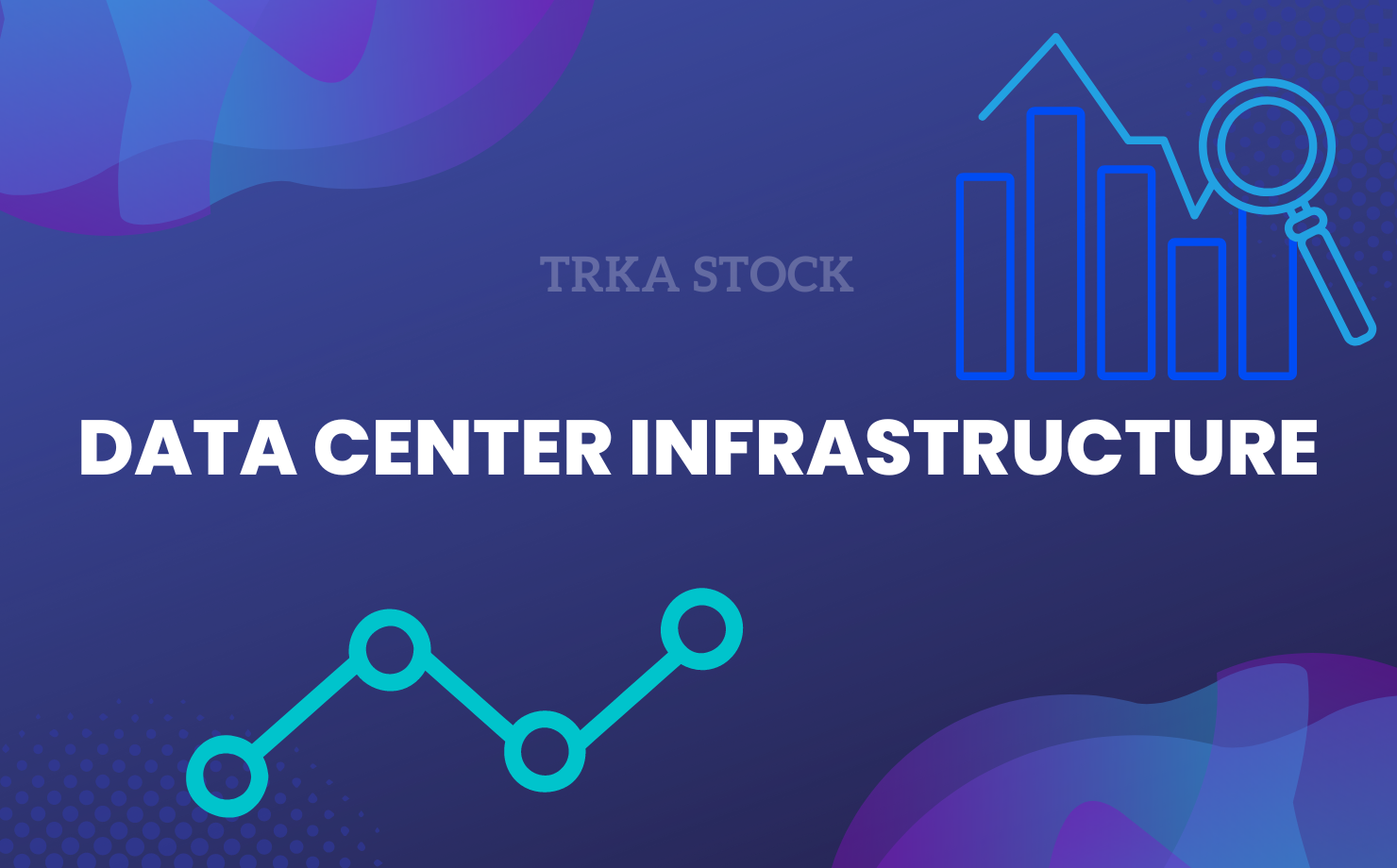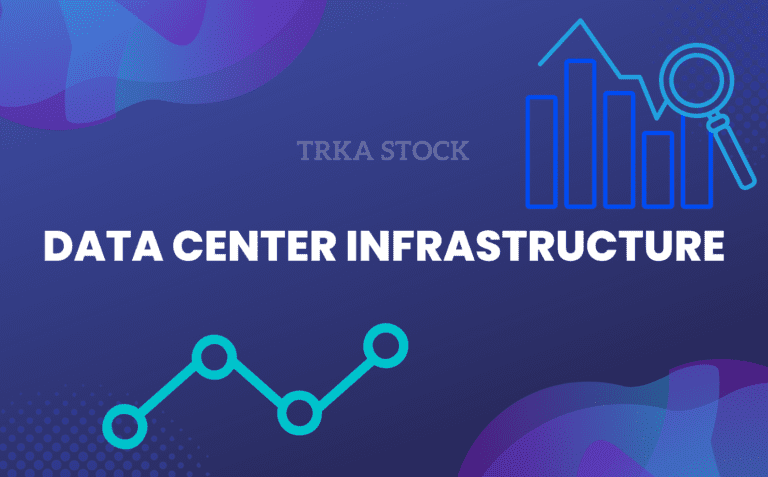Summary – Data Center Infrastructure
A robust data center infrastructure ensures uninterrupted operations through redundancy, energy efficiency, and scalability. By integrating advanced UPS systems, monitoring tools, and sustainable practices, businesses can optimize performance and reliability, preparing for future demands like edge computing and green technologies.
Ensuring Robust Data Center Infrastructure
Key Takeaways
- Learn how to maintain a robust data center infrastructure for uninterrupted operations.
- Discover best practices for scalability, reliability, and energy efficiency.
- Understand the importance of integrating reliable UPS systems and other crucial components.
Introduction to Data Center Infrastructure
Data centers are the backbone of today’s digital economy, hosting critical applications and data for businesses and individuals. A robust data center infrastructure ensures continuous operation and minimizes downtime. Components like data center UPS systems play a crucial role in maintaining power stability, ensuring there’s no interruption to service during power outages or surges. This article delves into the best practices and strategies to maintain a resilient data center infrastructure, which is essential for organizations looking to thrive in an increasingly digital world.
Every second of data center downtime can lead to substantial financial losses and damage to brand reputation. As such, organizations must prioritize designing and maintaining their data centers to uphold high availability, reliability, and efficiency standards. We’ll explore these aspects in-depth to provide a comprehensive understanding of what makes a data center robust and resilient.

Best Practices for Reliability and Redundancy
Reliability and redundancy are critical elements of a solid data center infrastructure. Implementing redundant systems, such as dual power supplies and parallel UPS units, can prevent single points of failure. Additionally, regular testing and maintenance of backup systems are vital to ensure they function correctly during emergencies. These measures significantly enhance the overall reliability of data centers.
Redundant network paths, storage systems, and cooling solutions further bolster data center resilience. By adopting a layered approach to redundancy, facilities can mitigate the impact of equipment failure or human error. It’s also essential to conduct periodic disaster recovery drills to ensure that all systems and staff are prepared for various emergencies.
| Aspect | Key Points |
|---|---|
| Reliability & Redundancy | Implement redundant systems, test backup systems regularly, and conduct disaster recovery drills. |
| Energy Efficiency | Use advanced cooling systems, energy-efficient hardware, and renewable energy sources. Optimize PUE and consider liquid cooling. |
| Scalability | Design modular data centers, utilize edge computing, cloud services, and virtualization for flexible scaling. |
| UPS Systems | Select and integrate UPS systems with real-time monitoring and automatic failover. Consider modular UPS designs for scalability. |
| Monitoring & Maintenance | Use automated monitoring for real-time tracking, perform preventive maintenance, and leverage AI for predictive insights. |
| Future Trends | Adopt emerging technologies like 5G and AI, focus on green data centers, and prepare for evolving infrastructure demands. |
Energy Efficiency in Data Centers
Energy efficiency is not just about reducing operational costs; it also plays a critical role in sustainability efforts. Leveraging green technologies, such as advanced cooling systems and energy-efficient hardware, can substantially reduce the energy footprint of data centers. The U.S. Department of Energy’s Office of Energy Efficiency & Renewable Energy provides extensive guidelines on improving data center energy efficiency.
Incorporating renewable energy sources, implementing server virtualization, and optimizing airflow management are some practices that can contribute to energy efficiency. By improving Power Usage Effectiveness (PUE), data centers can operate more sustainably, benefiting both the environment and the bottom line. Additionally, the industry is trending toward liquid cooling solutions, which offer greater efficiency than traditional air cooling methods.
Scalability to Meet Growing Demands
As businesses expand, data centers must scale seamlessly to accommodate increasing data volumes and user demands. Scalability must be considered during design to prevent performance bottlenecks. A workable solution is to create modular data center designs, which enable gradual expansion without causing significant disruptions or resource waste.
Edge computing and cloud services are becoming essential to meet contemporary businesses’ scalability requirements. These technologies make it possible to scale flexibly and dynamically, quickly modifying resources in response to real-time demands. Furthermore, software-defined infrastructure allows for greater agility and automation, simplifying the management and scaling processes. In addition, leveraging virtualization technologies can further optimize resource utilization, ensuring that data centers operate efficiently even as workloads increase. Hybrid cloud solutions also offer a flexible approach, allowing businesses to balance on-premise infrastructure with scalable cloud resources. By integrating advanced monitoring and predictive analytics, companies can proactively address potential performance issues, ensuring consistent and reliable service as they scale.
Integrating Advanced UPS Systems
Uninterruptible Power Supplies (UPS) are indispensable components of a data center, providing a buffer during power disruptions. Modern UPS systems include real-time monitoring and automatic failover, ensuring seamless power transition. Selecting the right UPS system, tailored to the specific needs of the data center, can significantly improve its reliability and uptime.
Integrating innovative UPS systems with predictive analytics can enhance efficiency by preemptively identifying potential issues before they cause downtime. Moreover, modular UPS designs allow for easier maintenance and scalability, ensuring that the power infrastructure evolves with the needs of the data center.
Monitoring and Maintenance Strategies
Proactive maintenance and monitoring are essential to spot possible problems before they become more serious. Automated monitoring devices can track essential parameters like temperature, humidity, and power consumption in real-time. Frequent preventive maintenance procedures, such as software updates and hardware inspections, further guarantee that the data center runs optimally.
Monitoring systems that use artificial intelligence and machine learning algorithms can offer predictive insights that enable prompt interventions. Additionally, establishing a comprehensive maintenance schedule and utilizing remote management tools allow data center administrators to address issues promptly, minimizing the risk of unplanned outages.
Future Trends in Data Center Infrastructure
As new technologies like edge computing and artificial intelligence alter the demands on infrastructure, the data center industry is constantly evolving. Data centers must keep up with these trends to be future-proofed. Businesses may maintain their competitiveness and ability to adapt to changing needs by investing in scalable, flexible architectures.
Emerging technologies like 5G networks and quantum computing are anticipated to transform data center operations further. Furthermore, the emergence of green data centers and sustainable practices points to a change in the direction of ecologically friendly infrastructure development. By keeping ahead of these trends, organizations can guarantee that their data centers will continue offering dependable and effective services for years.
FAQ on Data Center Infrastructure
What is a data center infrastructure?
A data center infrastructure refers to the physical and virtual components, like servers, storage, and UPS systems, that ensure continuous data and service availability.
Why is redundancy important in a data center?
Redundancy prevents single points of failure by having backup systems, ensuring data centers remain operational during equipment failure or power outages.
How can data centers improve energy efficiency?
Data centers can improve energy efficiency by using advanced cooling systems, energy-efficient hardware, and renewable energy sources to reduce power consumption.
What does scalability mean for data centers?
Scalability allows data centers to grow seamlessly by expanding resources to handle increasing workloads without disrupting operations.
Why are UPS systems critical for data centers?
UPS systems provide backup power during outages, ensuring continuous operation and protecting sensitive equipment from power disruptions.
How can monitoring enhance data center performance?
Automated monitoring tracks critical parameters like temperature and power, helping identify and resolve issues before they cause downtime.
What are future trends in data center infrastructure?
Trends like 5G, edge computing, and green technologies are shaping the future, driving data centers towards more scalable, efficient, and sustainable operations.

